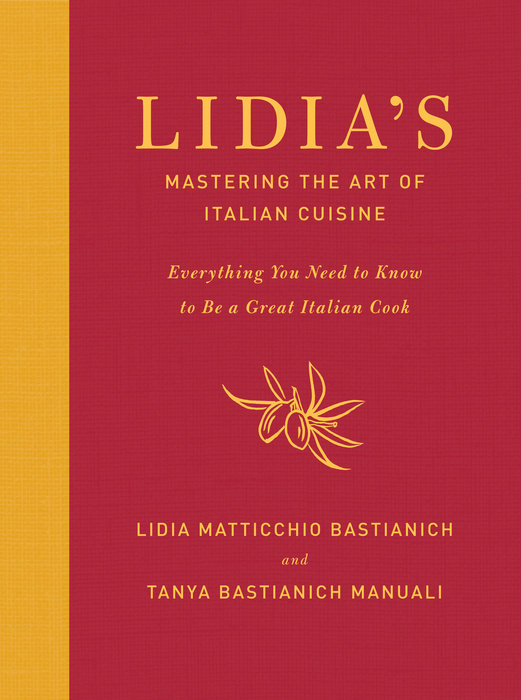Serves 6
Notes
This classic and delectable pasta dish originated in the region of Abruzzi, in the little town of Amatrice, northeast of Rome, where it was traditionally prepared without tomatoes. But it is the Roman version of pasta all’Amatriciana, with tomatoes, that I share with you here—the version that is best known and deservedly popular. Lots of onions; chips of guanciale (cured pork cheek, now available in the United States, see Sources, page 340), pancetta, or bacon; and San Marzano tomatoes are the essential elements of the sauce, Roma style.
Ingredients
- Kosher salt
- 5 tablespoons extra-virgin olive oil, or to taste
- 1 medium onion, thinly sliced
- Four ¼-inch-thick slices pancetta or jowl bacon (about 6 ounces), cut into 1½-inch julienne strips
- 2 whole dried red peperoncini (hot red peppers), or ½ teaspoon crushed red pepper flakes
- One 28 oz canned Italian plum tomatoes (preferably San Marzano) crushed by hand plus more if needed
- 1 pound bucatini
- 1 cup freshly grated Pecorino Romano cheese, plus more for passing
Directions
Bring a large pot of salted water to a boil for the pasta. In a large skillet, heat 2 tablespoons of the olive oil over medium heat. Add the onion, and cook, stirring, until wilted, about 4 minutes.
Stir in the pancetta, and cook until rendered but not crisp, about 4 minutes. Add the peperoncini, the tomatoes, and 1 cup water sloshed from the tomato can, and bring to a boil. Adjust the heat to a simmer, and season lightly with salt. Cook, stirring occasionally, until the sauce is thickened, about 20 minutes.
While the sauce cooks, cook the pasta. When the pasta is al dente and the sauce is ready, remove the pasta with tongs and transfer directly to the sauce. Toss to coat the pasta in the sauce, adding a splash of pasta water if it seems dry. Check the seasoning, and add salt if necessary.
Remove the pan from the heat, sprinkle with the grated cheese, toss, and serve, passing additional grated cheese separately if you like.

